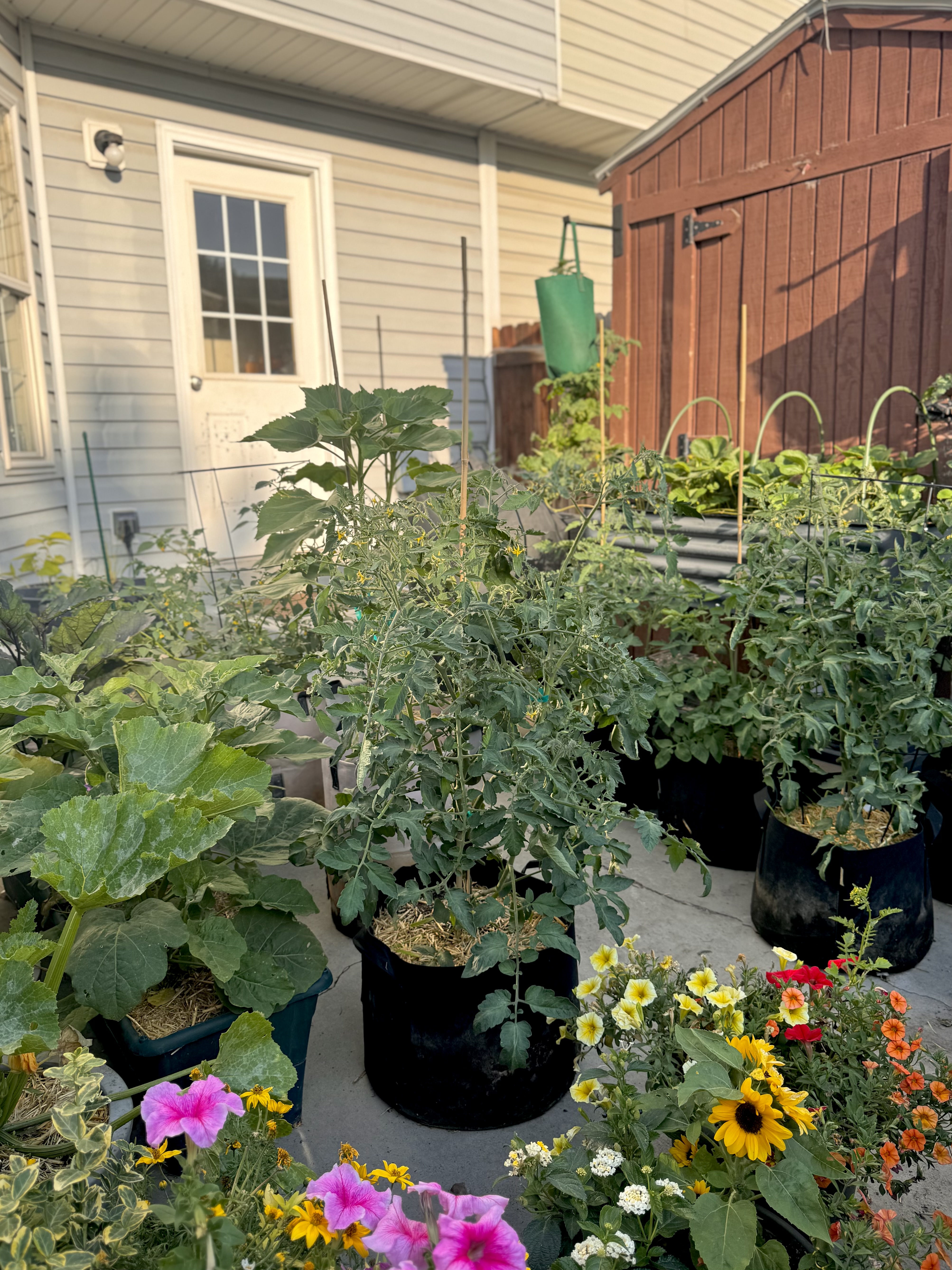
Hey all! Real Farmer Jeff here.
I live in Utah, where summers are typically hot and dry with plenty of sunshine – and while occasional thunderstorms can occur, wind storms are not super common.
However, a windstorm recently ripped through my area with gusts up to 55 mph! While most of my garden held up, I lost a few okra plants. It was frustrating, but also a reminder of why I use plant supports. I actually got very lucky because the previous day I supported a lot of my plants as a routine garden chore without knowing that the wind would come.
This story illustrates only one reason why plant supports are important – weather is only one factor that plays a role!
In my garden I mostly use metal stakes, bamboo stakes, string trellises, and cattle panels. In this post, I’ll walk you through the plant supports and securing methods that I prefer most and how they have helped me out. Let’s get started!
Why Plant Supports Matter More than You May Think
You may think of plant supports as something only needed for plants that would naturally fall to the ground such as pole beans, tomatoes, and cucumbers.
However, sturdier plants like okra, peppers, eggplant, and sunflowers (as well as many others) can also be vulnerable to wind, heavy rains, and the weight of their own fruit. While not 100% necessary, plant supports can assure that your plants thrive!
Key Benefits of Supporting Your Plants:
- Tidier and more organized garden
- Protects from wind, storms, and breakage
- Prevents stems from snapping under the weight of fruit
- Better airflow and less disease
- Easier harvesting, pruning, and maintenance
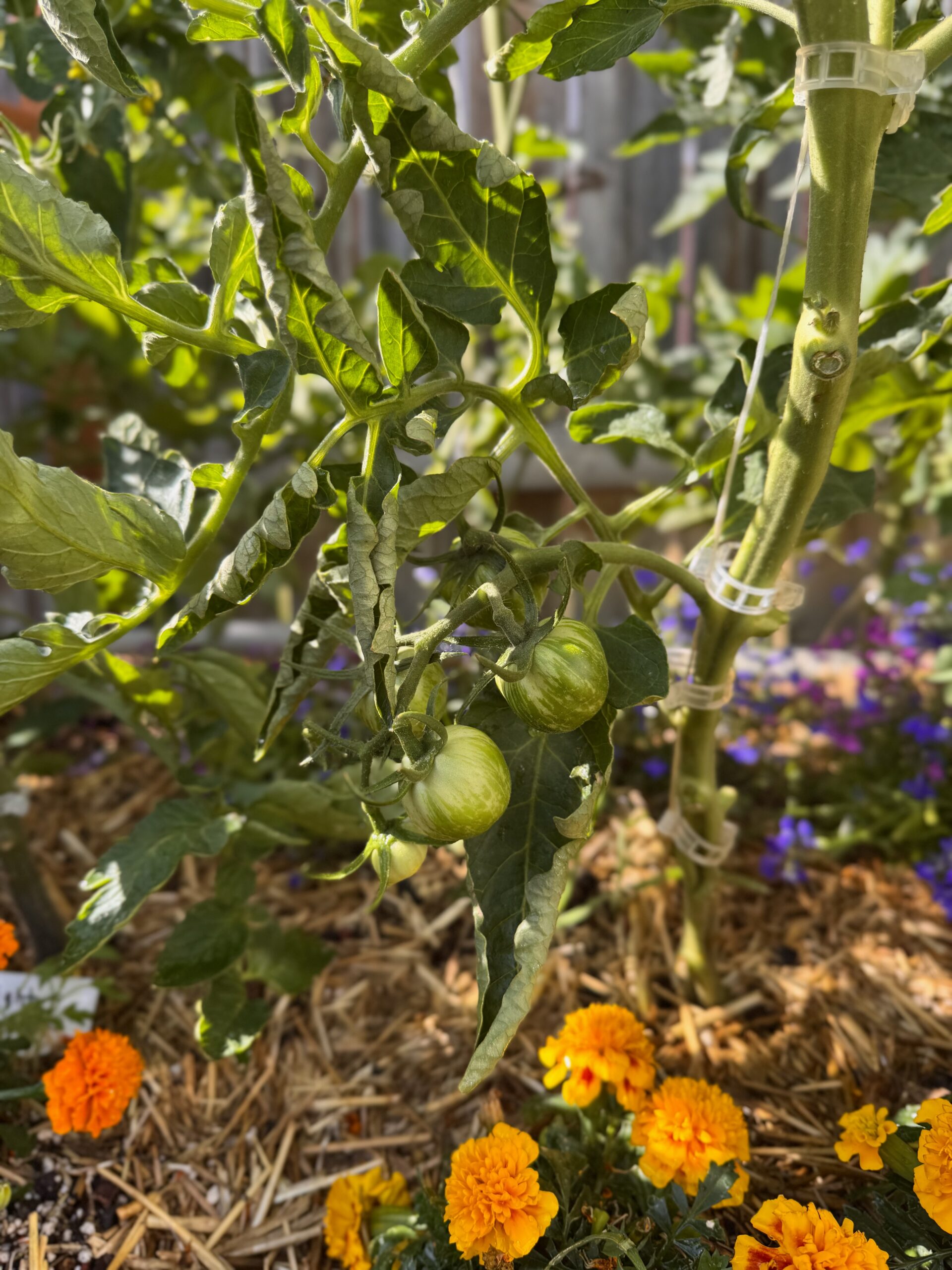
How Supports Unlock Vertical Gardening
One of the greatest benefits of using strong plant supports is the ability to grow vertically. Vertical gardening maximizes space and boosts garden productivity!
Here are some of the main benefits of vertical gardening:
- Maximizes Space: Perfect for small gardens, raised beds, or urban spaces. Grow more in less space!
- Improves Airflow: Lifting plants off the ground reduces humidity and disease pressure like mildew, blight, and rot.
- Simplifies Harvesting: No more crawling under leaves. Fruits hang down, easy to spot and pick.
- Reduces Pests: Keeping fruit and foliage off the soil helps deter slugs, snails, and soil-borne diseases.
- Increases Yield: Vining crops like cucumbers, beans, and tomatoes often produce more when trained vertically.
- Neater Garden: A tidy, vertical garden looks beautiful and is easier to maintain.
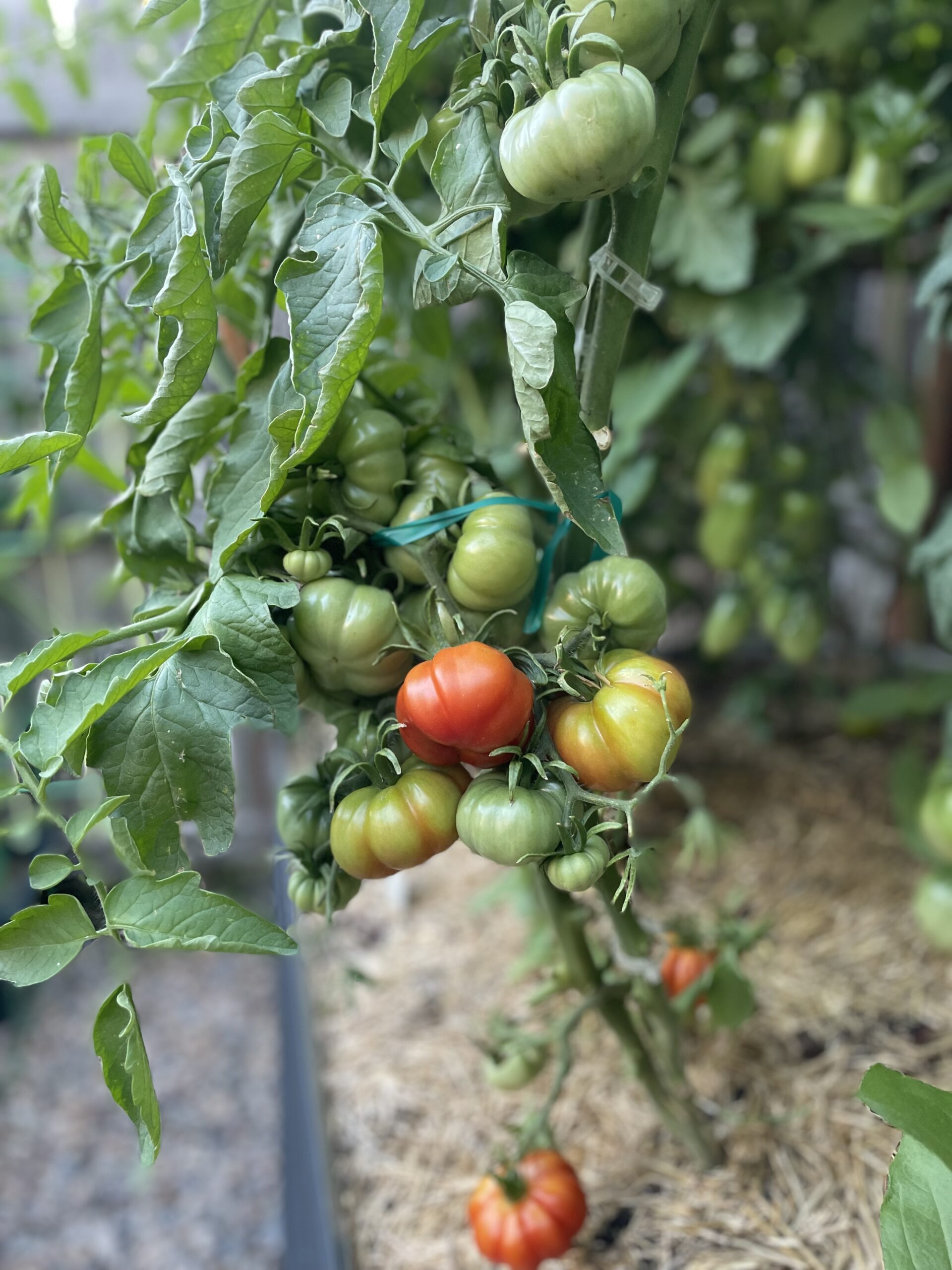
Garden Support Options: Pros and Cons
Steel Stakes (Plastic-Coated Hollow Tubes)
Best For: Tomatoes, peppers, eggplant, okra, and flowers.
Pros:
- Lightweight and easy to use
- Rust-resistant thanks to plastic coating
- Readily available and affordable
- Available in many sizes
Cons:
- Weaker than you might expect. These hollow stakes can bend or snap in strong wind or under the weight of mature plants.
Tip: For something even sturdier, upgrade to solid metal stakes, rebar, or T-posts, especially if you want to build a permanent trellis.
Bamboo Stakes
Best For: Peppers, peas, herbs, lightweight crops, or even medium crops if the bamboo is thick.
I personally prefer these over metal stakes because they’re stronger and you can cut them according to the size you want (although they are pretty similar to metal stakes). I use sticks that are 1-2-feet for seedlings and about 5-feet for mature plants.
Pros:
- Stronger than hollow metal stakes in many cases
- Affordable, renewable, and biodegradable
- Lightweight and easy to install or reposition
- Available in many sizes. You can also easily cut big pieces to the size you want
- Gives a natural aesthetic
Cons:
- Can break down over time
- Can splinter as it ages
- Not ideal for very heavy crops unless you use various skinny stakes or find a very thick stake
String Trellis (Vertical, Netting, or Florida Weave)
Best For: Beans, peas, cucumbers, and tomatoes. Florida weave works well for determinate tomato varieties. I love using my string roller hooks and tomato clips (more below) for indeterminate tomatoes.
Pros:
- Inexpensive and customizable
- Space-saving. Great for raised beds or small gardens
- Encourages vertical growth for healthier plants
Cons:
- Needs strong, weather-resistant string – cheap string will sag or snap
- Usually requires a strong supporting base structure
Pictured is one of my garden beds, where my tomatoes are thriving with the help of a vertical string trellis system.
Below is a blog post that walks through how I built this trellis myself:
Cattle Panel (Livestock Panels)
Best For: Heavy crops like cucumbers, tomatoes, melons, squash, pumpkins, and pole beans.
Pros:
- Much harder to destroy
- Handles heavy plants and extreme weather with ease
- Lasts for decades – truly a long-term investment
- Works beautifully as a flat wall trellis or an arch for vertical gardening
Cons:
- Heavy and potentially awkward to transport or move alone
- More expensive upfront (alhough it can be cheaper long-term)
- Not easily adjustable – you are more committed to its size and shape
I recommend buying cattle panel at farm supply stores, local feed and ranch stores, or large home improvement retailers such as Home Depot or Lowe’s.
My Favorite Ways to Secure Plants to Stakes
Garden Tape
Pros:
- Gentle on plants – it’s flexible and stretches with growth, preventing stem damage
- Weather-resistant: doesn’t rot or snap in rain or sun
- You don’t need scissors to tear it off
Cons:
- Not biodegradable, which may concern some gardeners
Vegetable Clips (Famously Used for Tomatoes)
Pros:
- Quick and convenient: snap on and off easily
- Strong and supportive
- Reusable and durable (made from weather-resistant plastic and can potentially last various seasons)
- Versatile – great for tomatoes but work well with other tall or vining plants
Cons:
- Can potentially be too small for really thick stems
- Not biodegradable, which may concern some gardeners
Have your own favorite way to use supports? Share it in the comments or tag me in your garden photos – I’d love to see how you use them!
Thanks for reading along, guys! If you enjoyed this blog post, check out my other gardening blog posts:
- How to Start a Garden on a Budget for Under $100
- Essential and Nice-to-Have Garden Products for Your Perfect Setup
- My Garden Setup: 3 Best Garden Containers for Every Gardener
- Understanding Garden Light and Shade: A Simple Guide
- How to Build a Homemade Trellis Using Cattle Panel
Follow me on social media for daily content and instructional videos about gardening!
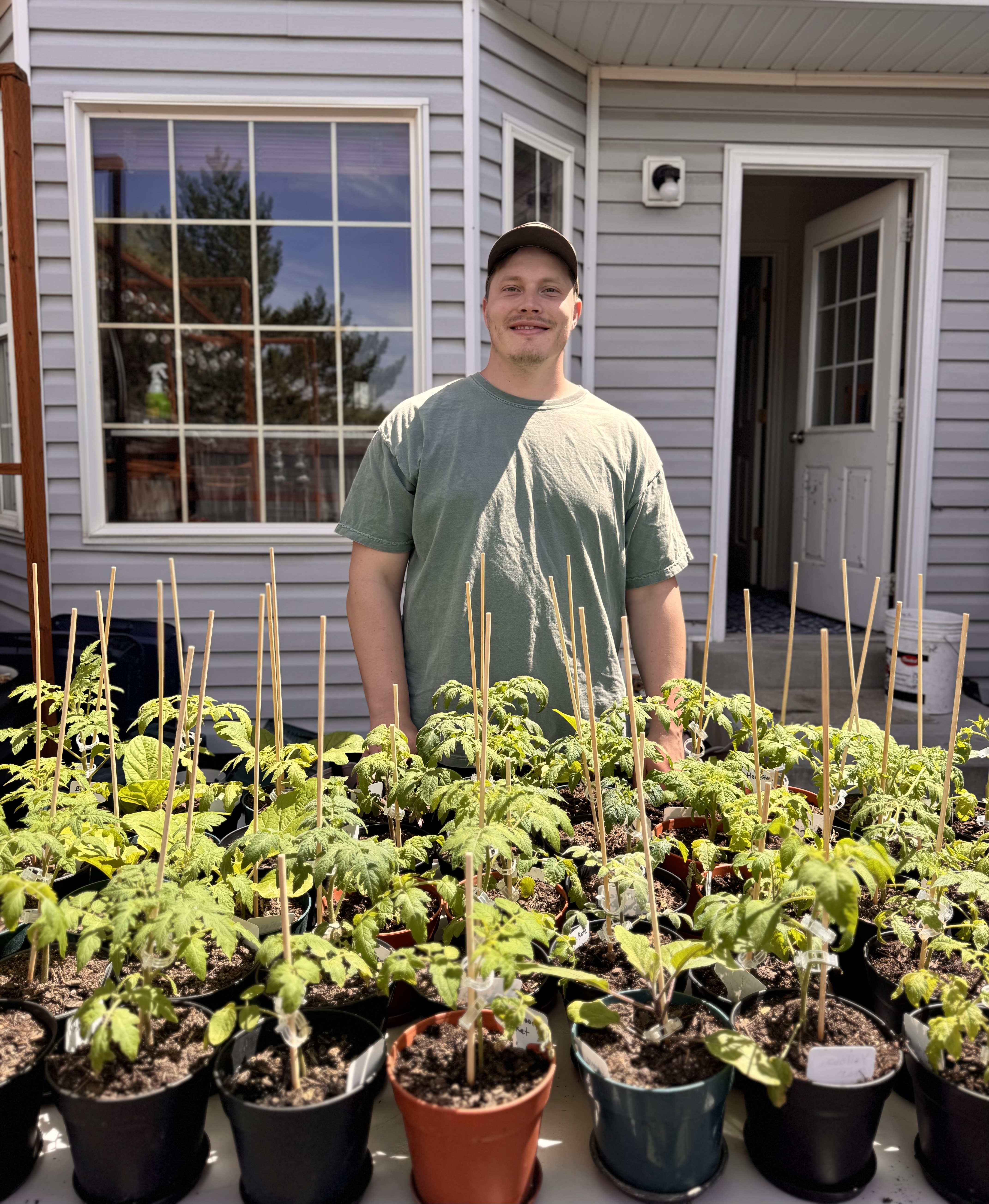

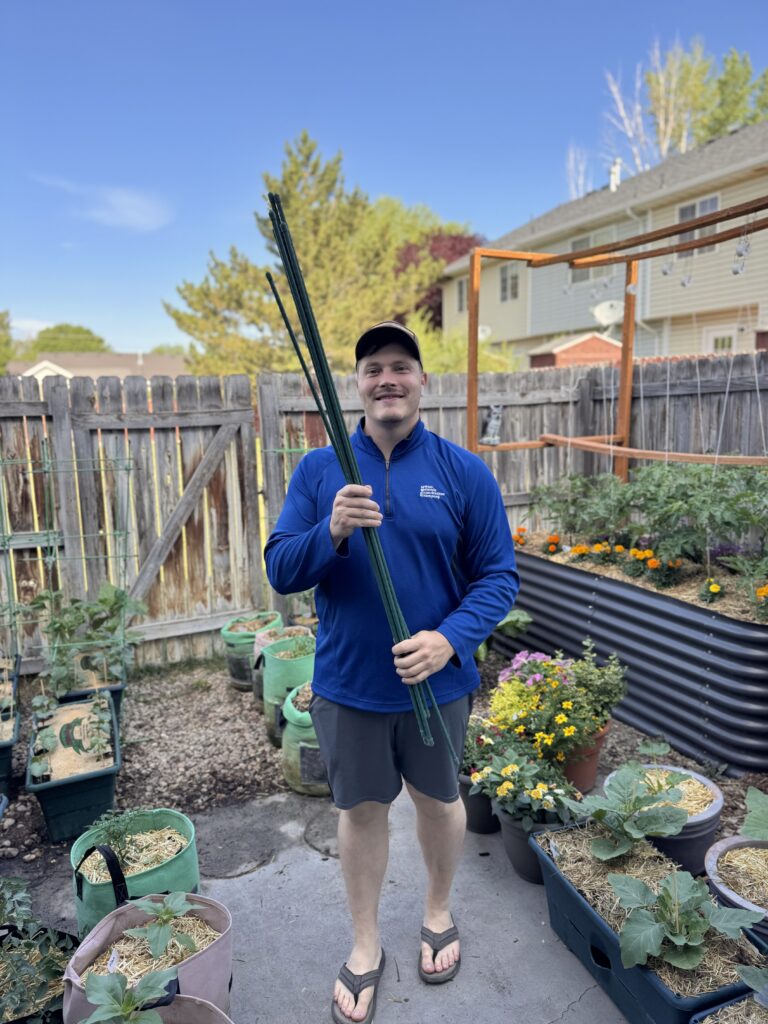
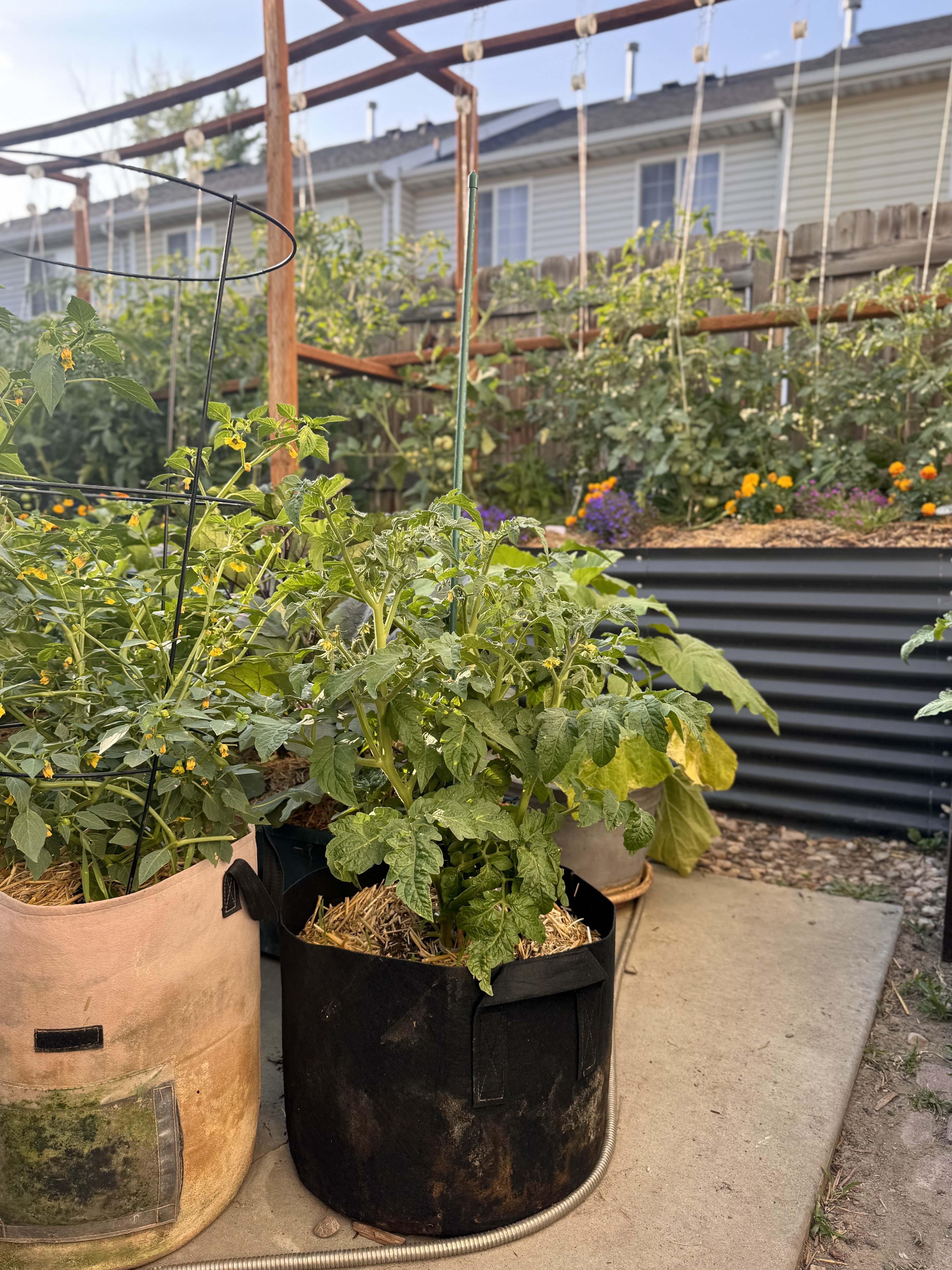
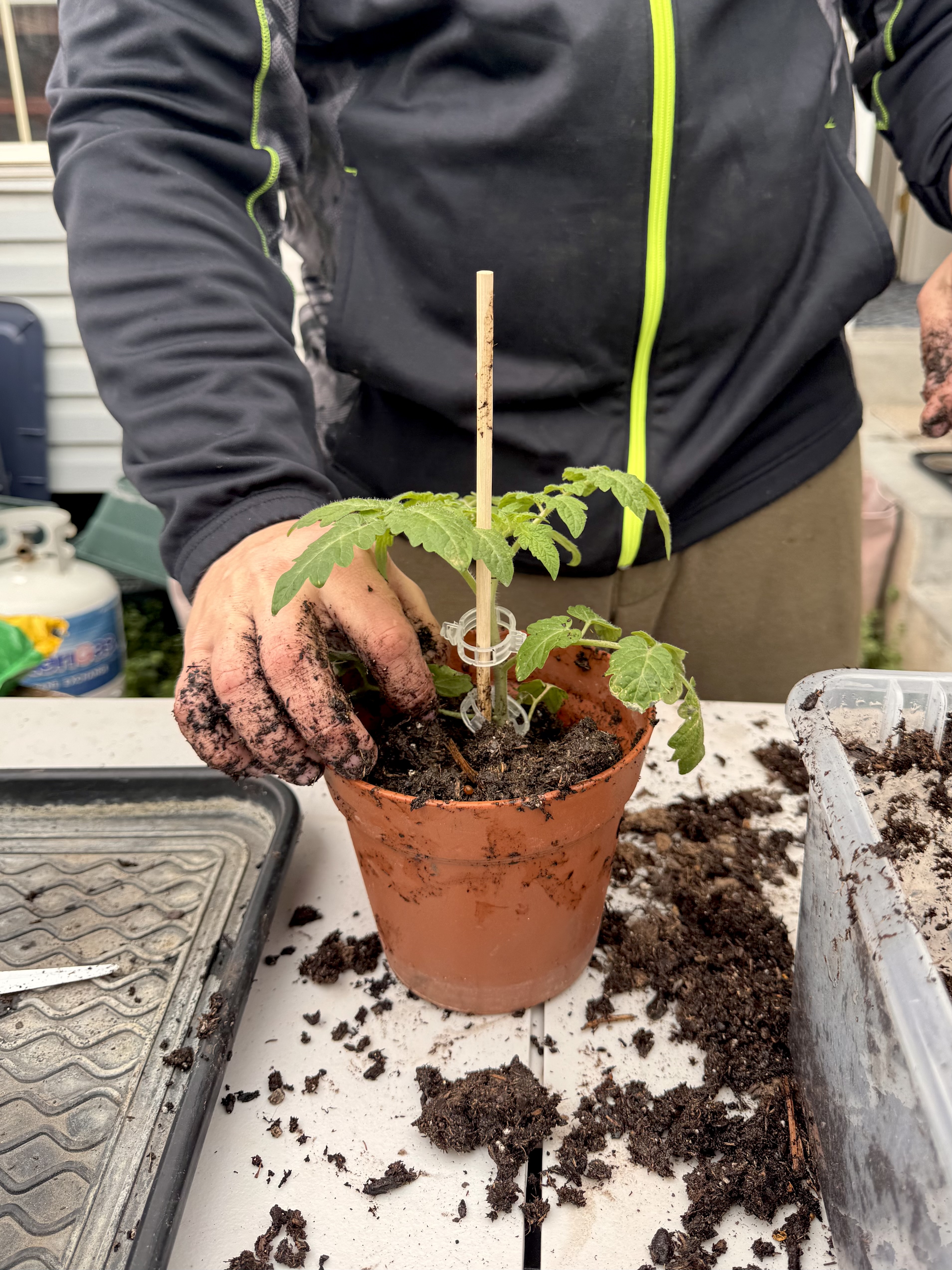
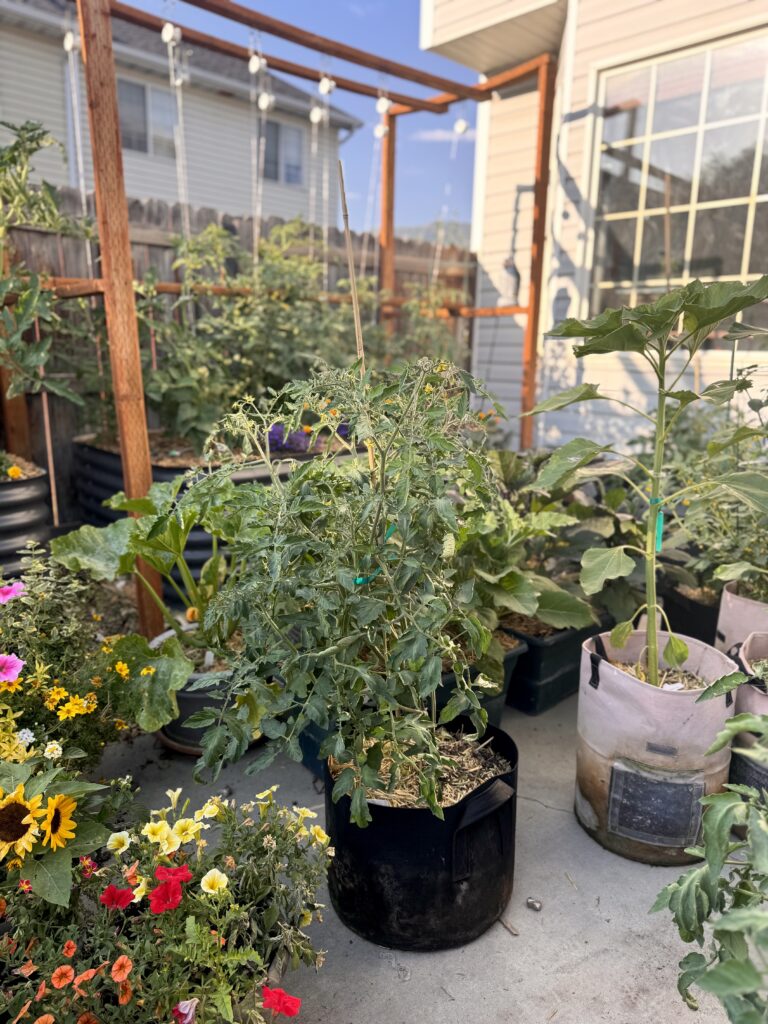
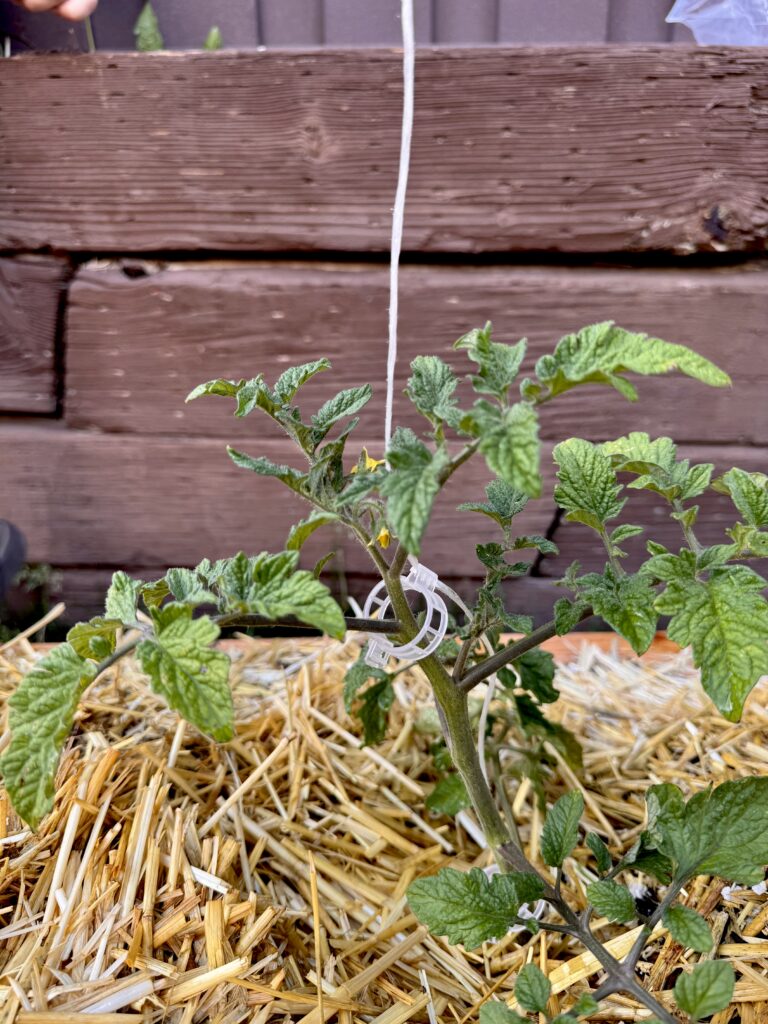
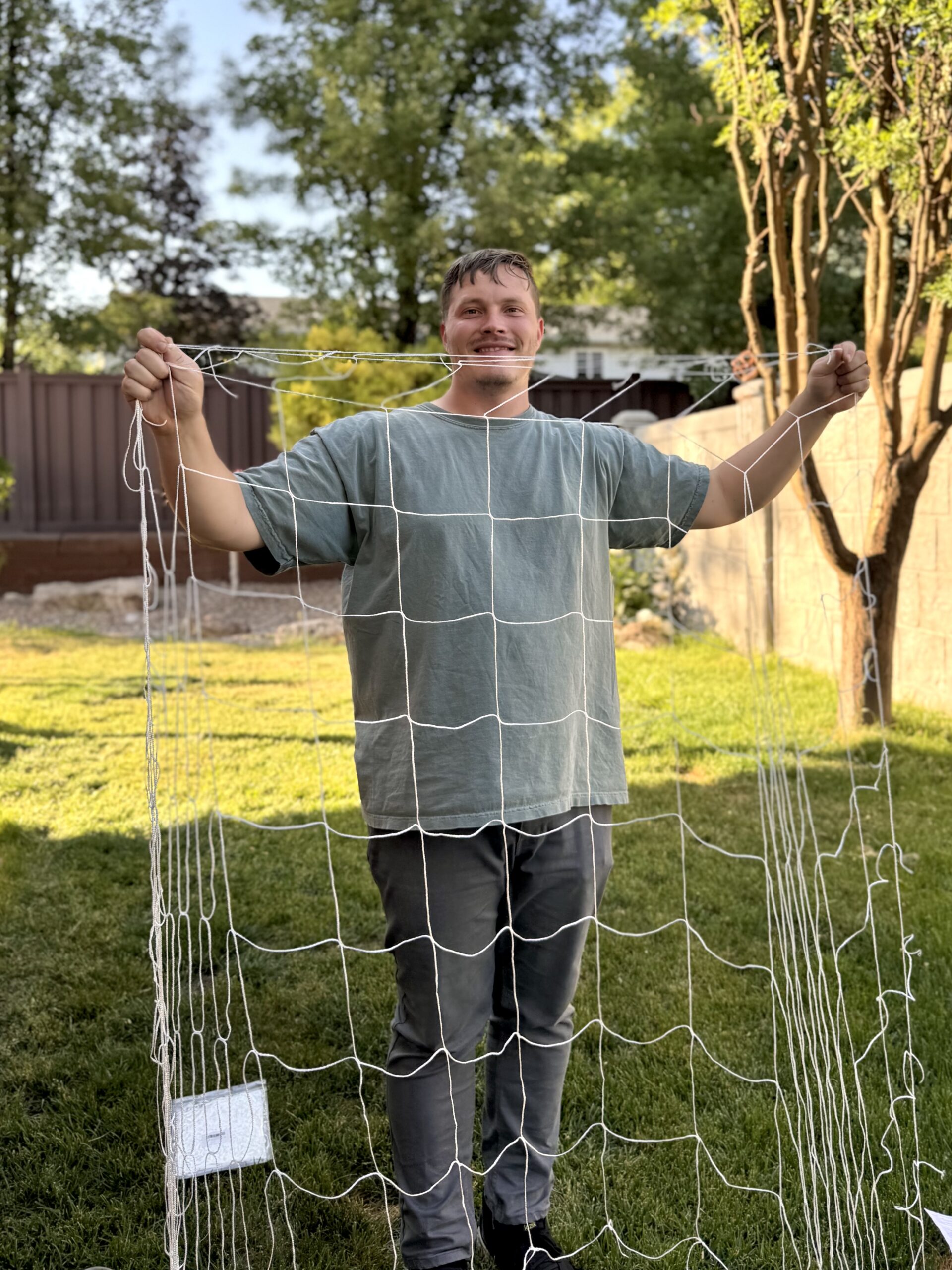
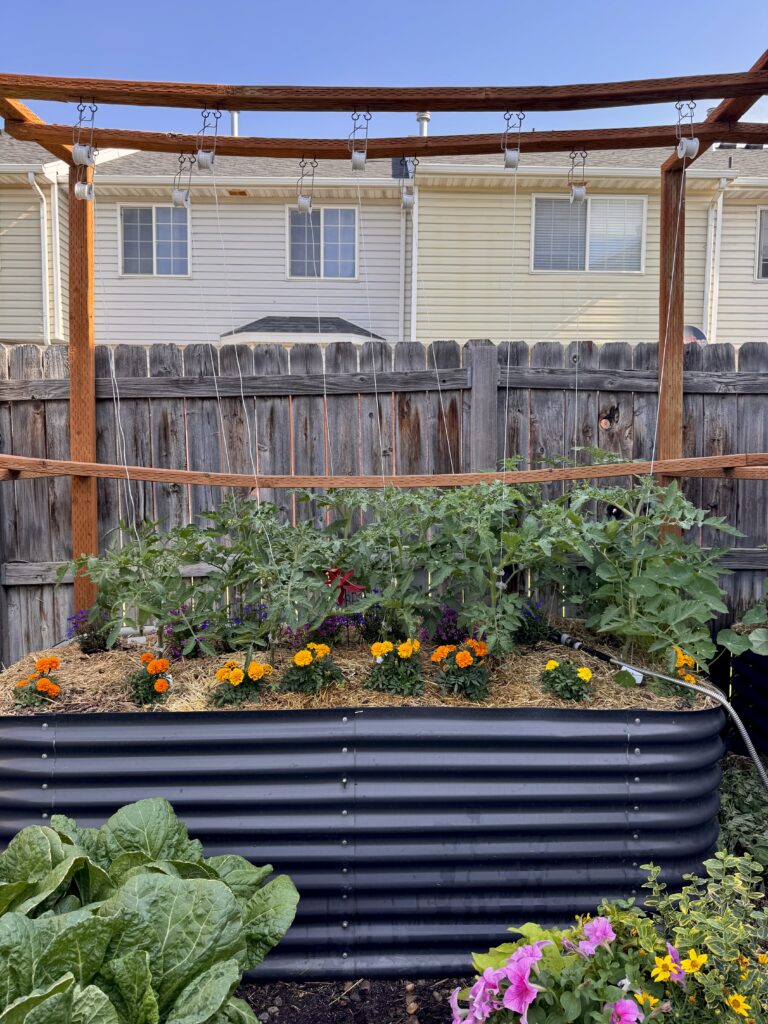
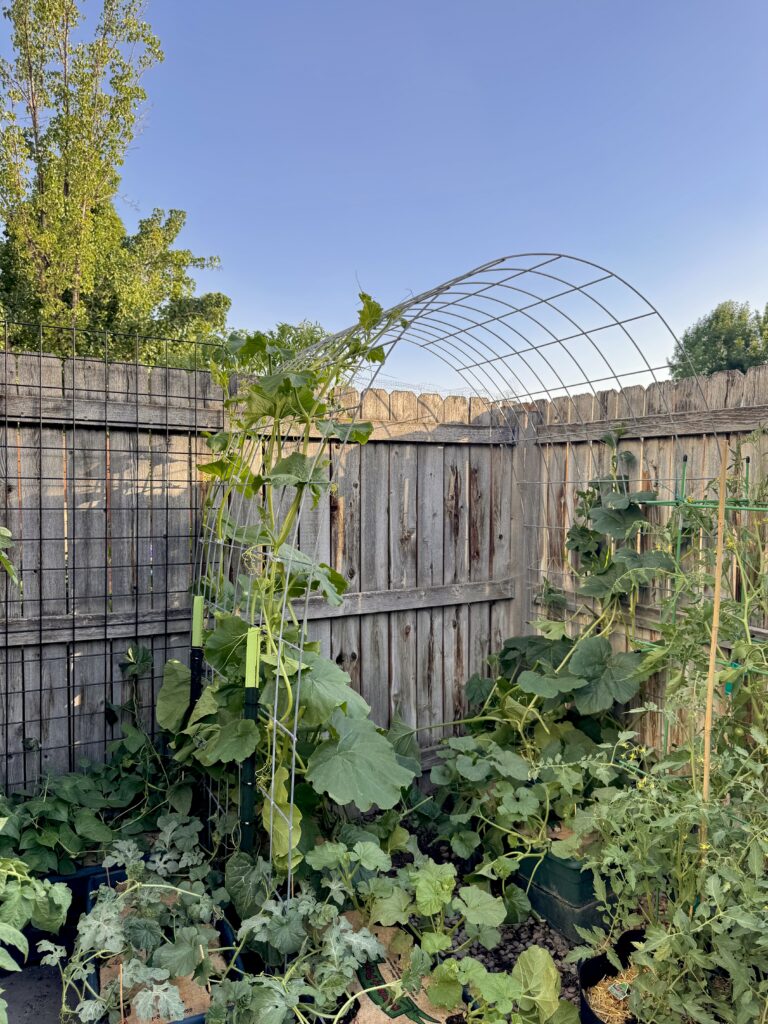
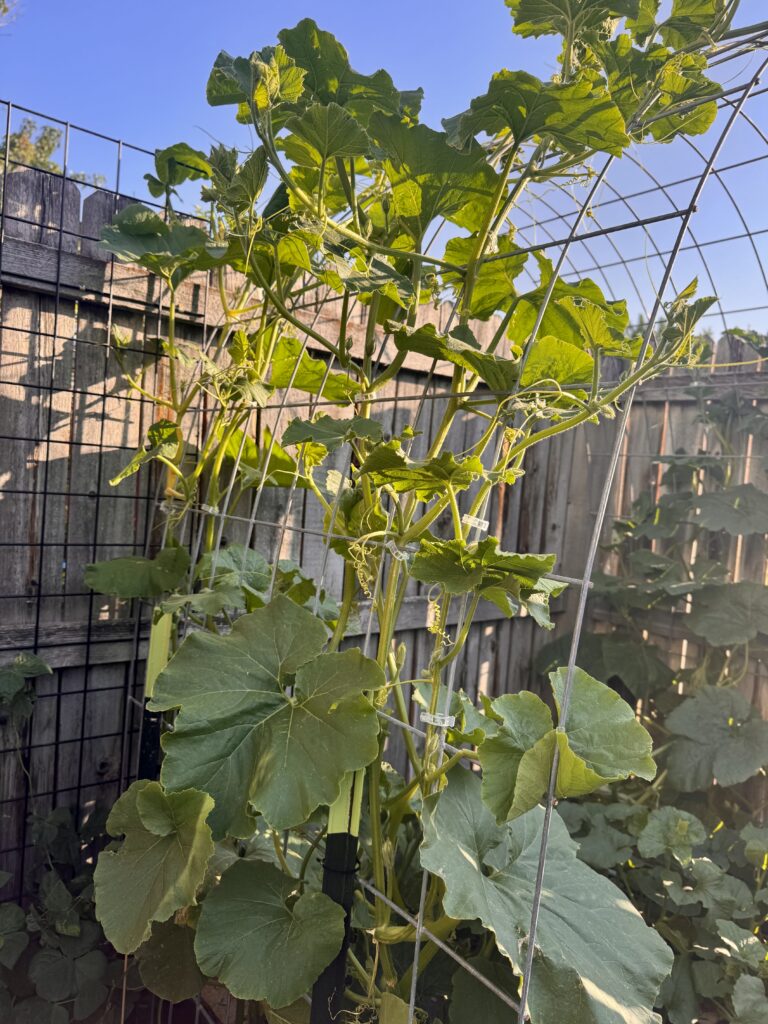
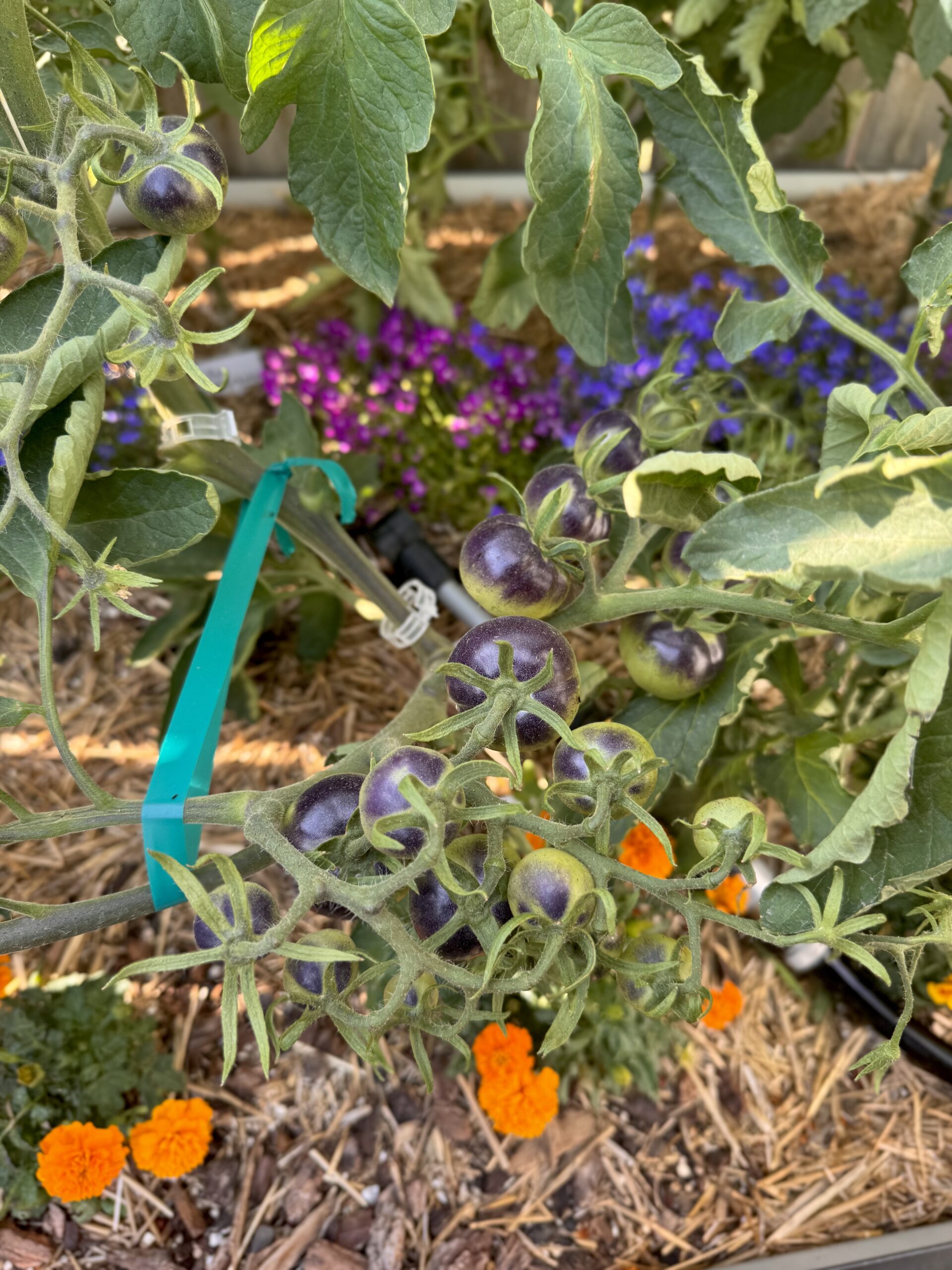
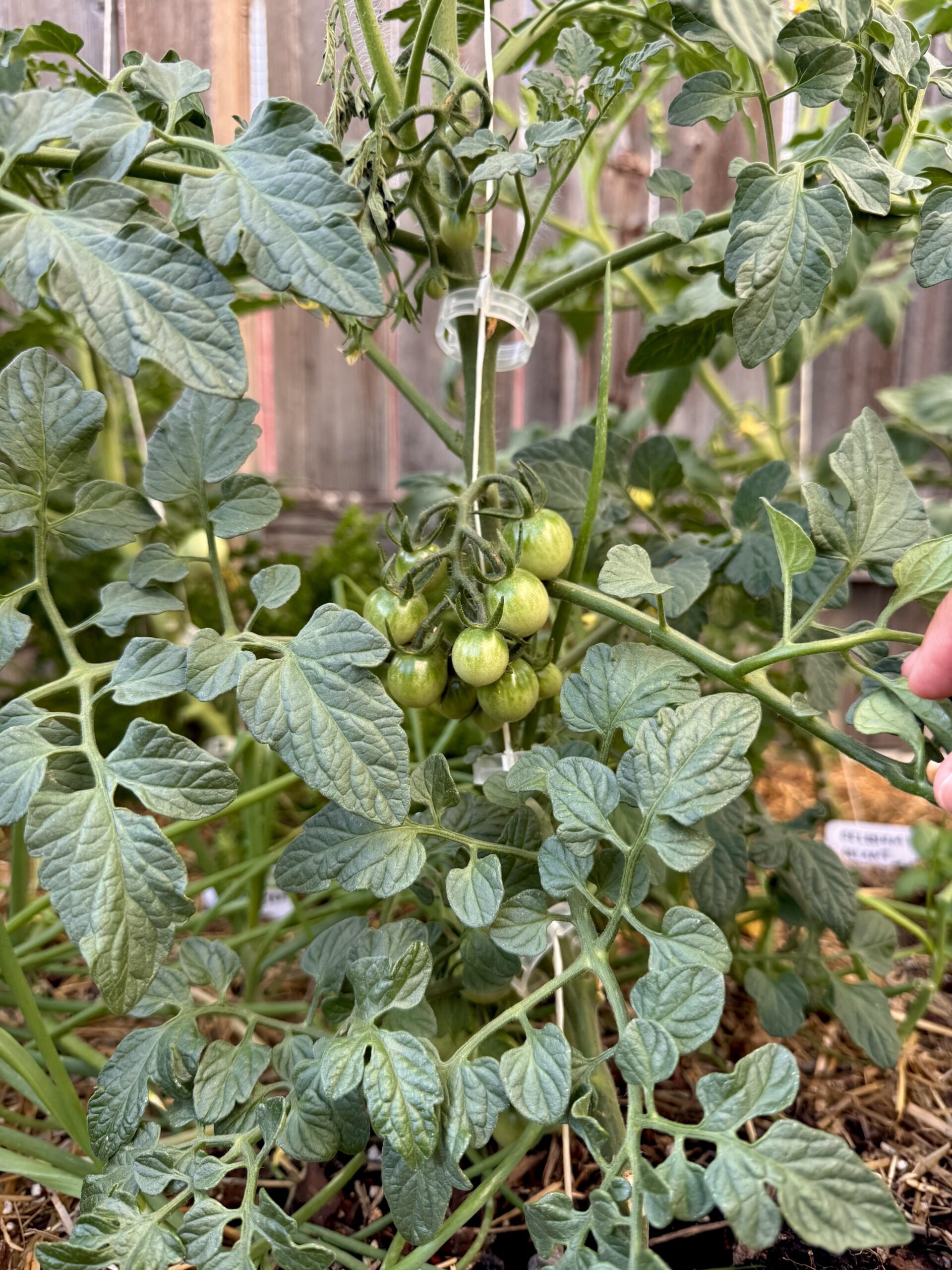



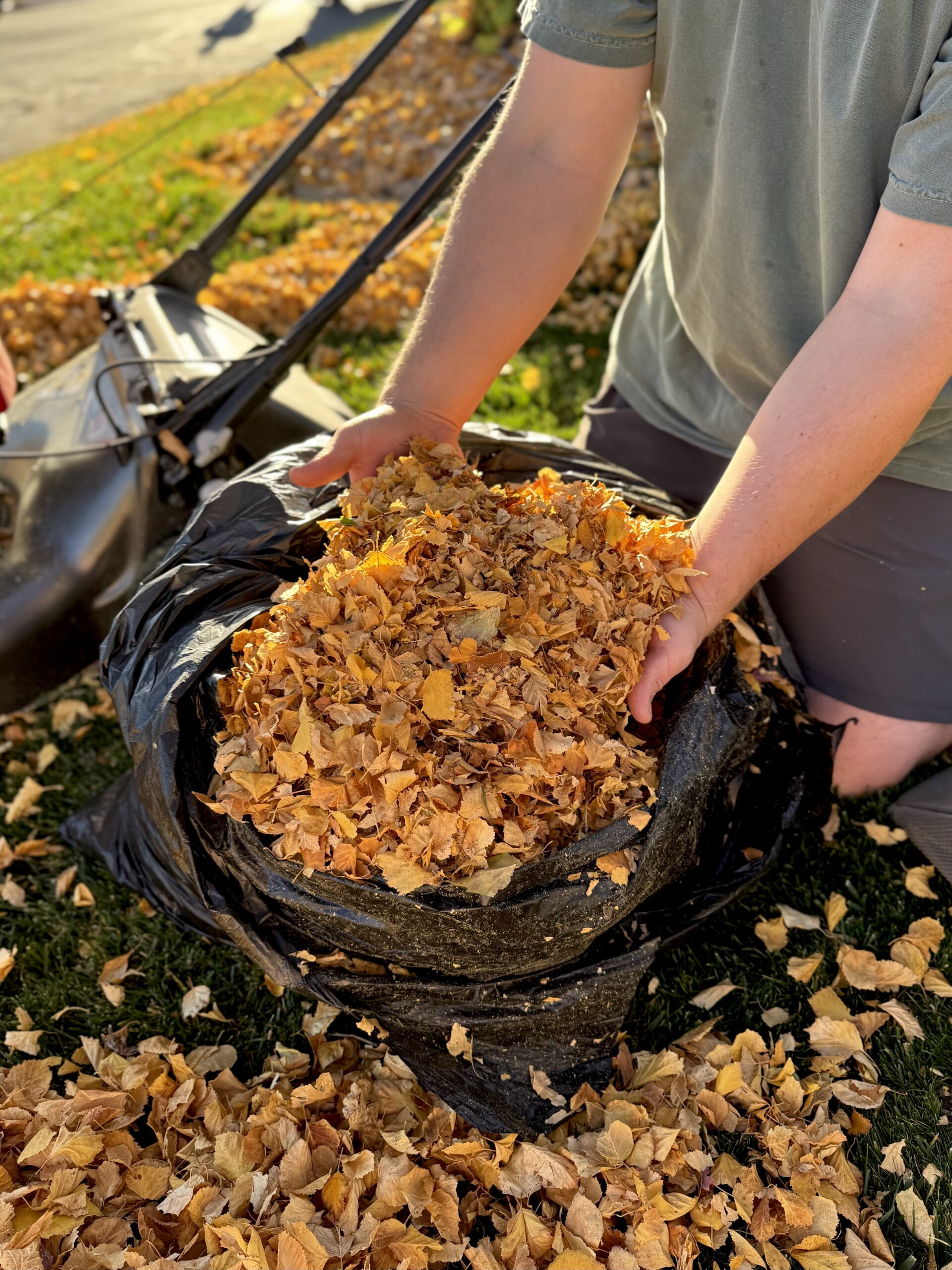
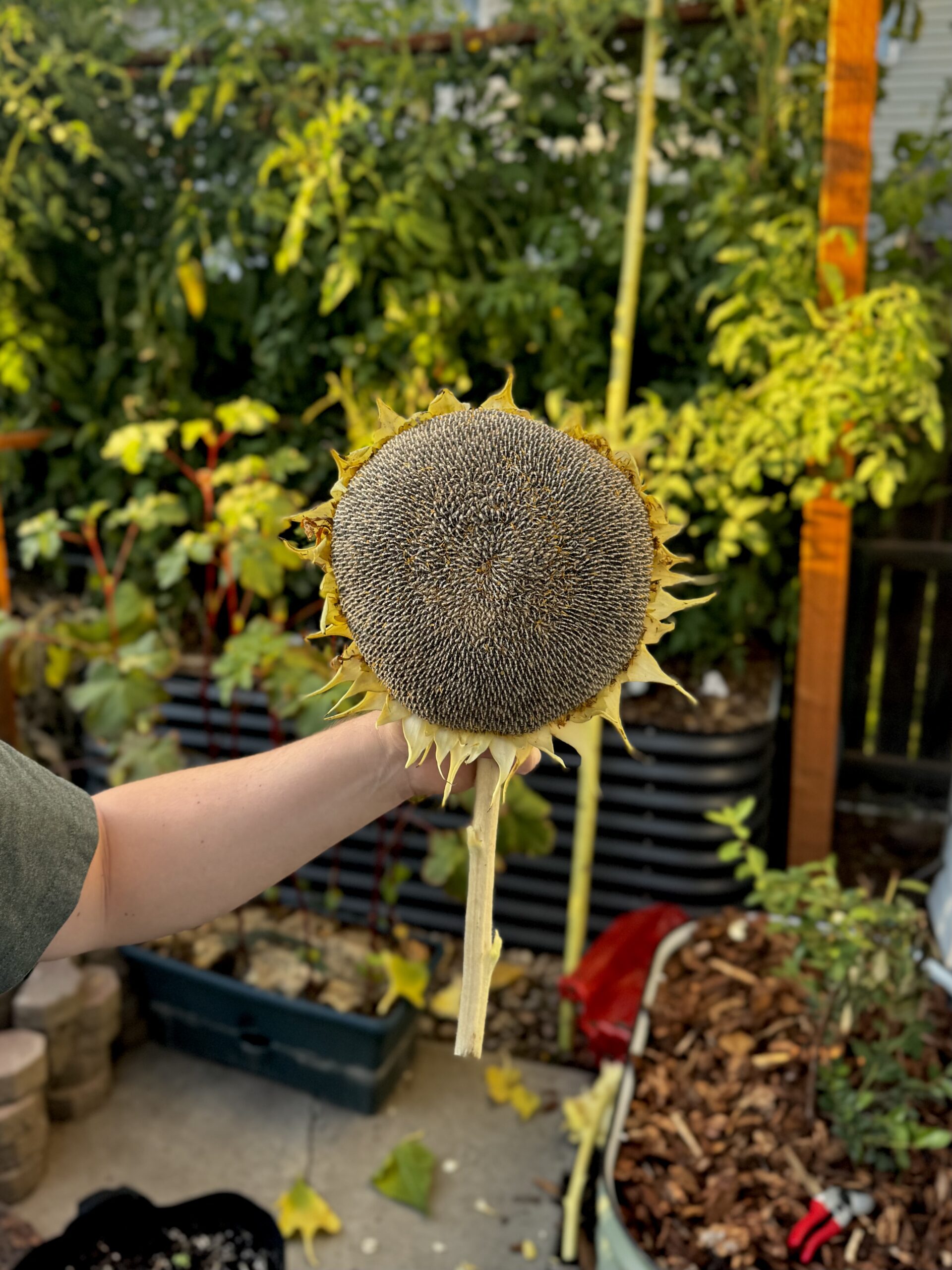
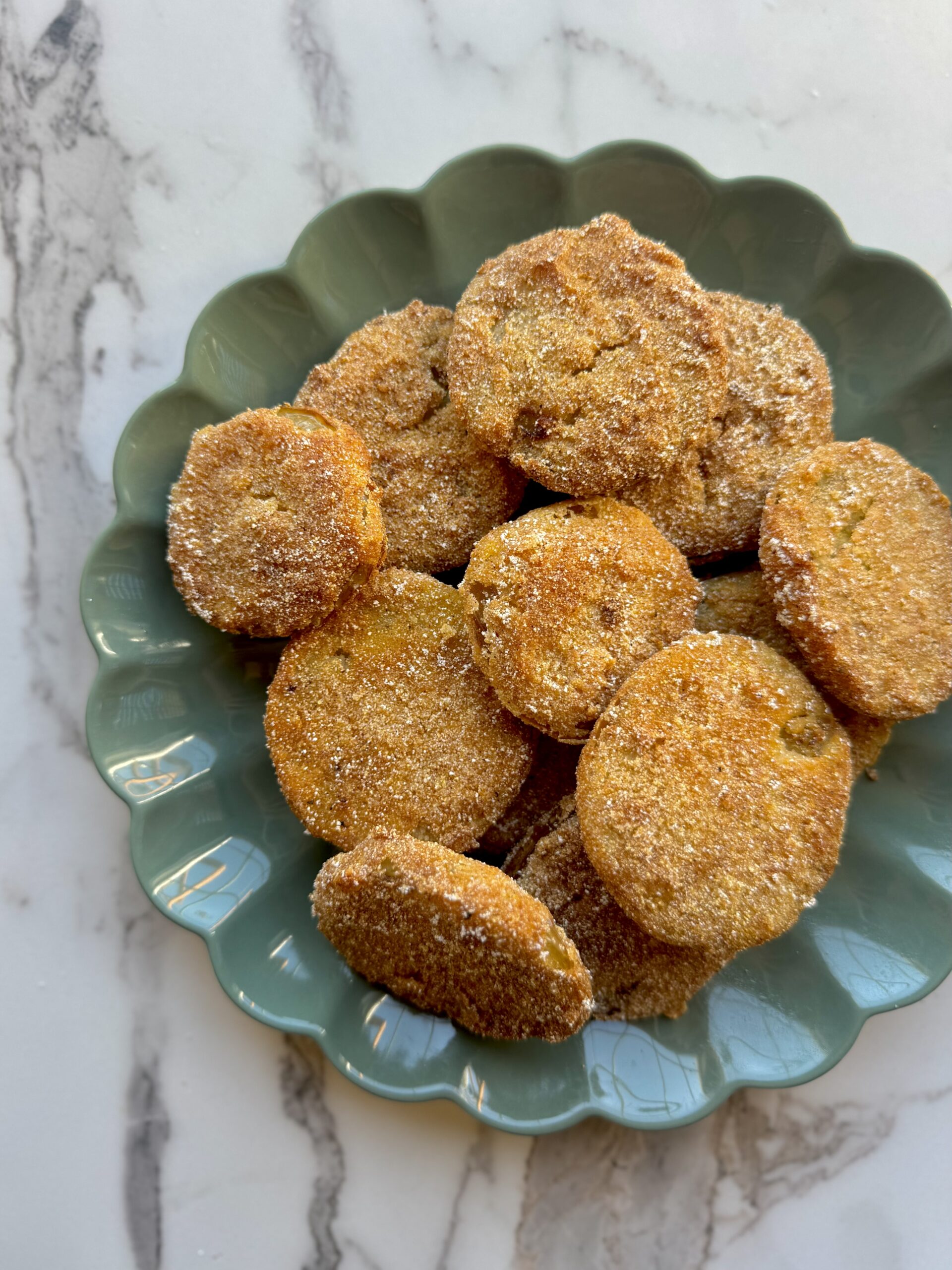
This was incredibly helpful for my garden. Thank you so much, already bought almost everything you suggested.
Of course! Glad you found it helpful.
It’s cool how you put little stakes on your tomato seedlings too! I will have to try that out